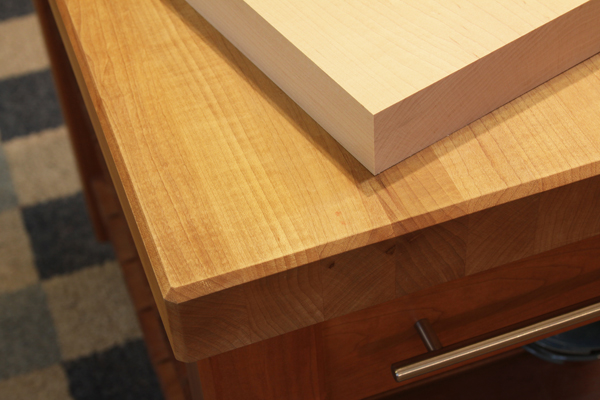
A woodworker is trying to stain his rock maple with pecan stain, and it’s just not taking. It just doesn’t get dark enough. Is there something he can do to make the stain sink in better without resorting to a darker stain?
Michael Dresdner: Rock maple is a very tight-grained dense wood and, as such, will resist pigmented stains ? they will wipe right back off after you put them on. This is because the pigments (the color itself) in the stain are too large to get into the fine pores. For woods like rock maple, switch to a dye stain instead of a pigment stain. I know of only two companies selling ready to use premixed dye stains. Clearwater Color Company sells a water-based gel version through Woodworker’s Supply and a few other catalogs, and Behlen sells a solvent based liquid dye through a number of woodworking catalogs. You can also make your own – which is what I would recommend ? by buying liquid dye concentrates and mixing them with water.
Why do dyes work where pigments do not? Dye particles are vastly smaller than pigment particles and can therefore get into much smaller spaces, like the tight pores of rock maple. Need to see a comparison? Picture this: If a typical dye particle were the size of a BB, a typical pigment particle would be the size of a ’55 Buick. BIG difference, eh?
Ellis Walentine: Sounds like this fellow is trying to use a pigment stain, which usually consists of finely ground pigment in an oil-based vehicle. Maple and other diffuse-porous woods don’t take pigment stains very well because their pores are so small and tight. A better solution is to use a dye stain.





